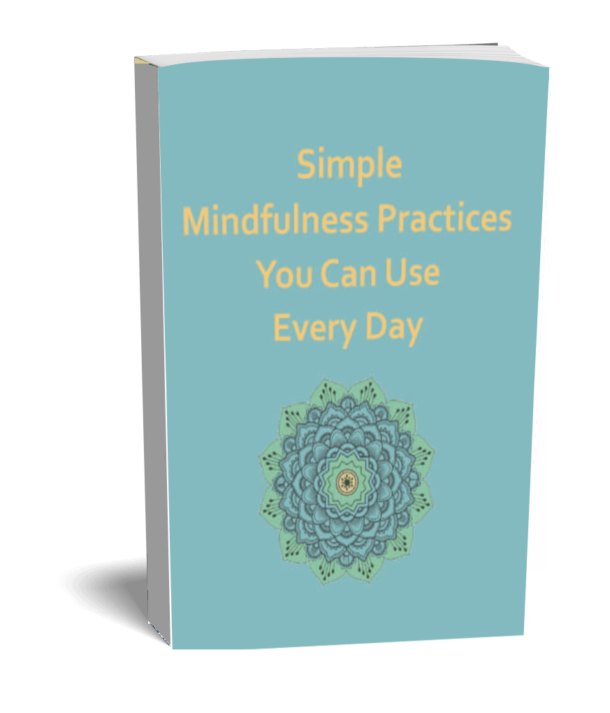3 Mindfulness Acronyms to Help You Practice Mindful Communication
Practicing mindful communication is a great tool for improving relationships, whether at home, in our social interactions, or in the workplace. In both my workplace mindfulness programs and my other mindfulness classes, participants have found the exercises on mindful communication to be practical and effective.
But what exactly is mindful communication? Mindful communication involves the “how” of communicating. It originates in Buddhist philosophy and means to listen and speak with presence, intention, and attention. It also involves communicating with kindness and compassion.
- Presence: Communicating with presence means slowing down, calming/grounding ourselves, and fully focusing on the person we are communicating with.
- Intention: Setting an intention before we communicate is a vital step in mindful communication. For example, are we communicating to discover, understand, inform, connect, and express our needs or are we communicating for our own benefit or to attack, demand, and control?
- Attention: Paying attention is another component of mindful communication. Listening with attention involves paying close attention to the content being shared, as well as the feelings and needs beneath the content. Speaking with attention involves paying attention to our word choice, tone of voice, and pacing, and being aware of how our message seems to be received.
Mindful communication takes a lot of practice, but thankfully there are a few handy acronyms that can help us listen and speak more mindfully.
When listening, FOCUS
Focus: Start by feeling your feet touching the floor to ground yourself and focus on being fully present for your communication partner.
Observe: Observe the other person’s tone of voice, words, and body language, and notice your own thoughts and feelings that arise as you listen.
Curious: Be curious and non-judgmental as you are listening.
Understand: Try to understand where the other person might be coming from, and what needs and message they are trying to convey. What is important to them?
Stop: Stop before you respond. Reflect on what was shared and take a moment to think how to respond.
When speaking, WAIT and THINK
W.A.I.T stands for “Why Am I Talking”? Take a moment before you speak to reflect on that. Then, use T.H.I.N.K as a guide:
Is what I am about to share True?
Is it Helpful (to me and others)?
Is it Insightful?
Is it Necessary?
Is it Kind?
Give these exercises a try and you will be on your way to becoming a more mindful communicator! If you wish to learn more about mindfulness and how it can help you in your personal and professional life, please contact me for a free consultation.




